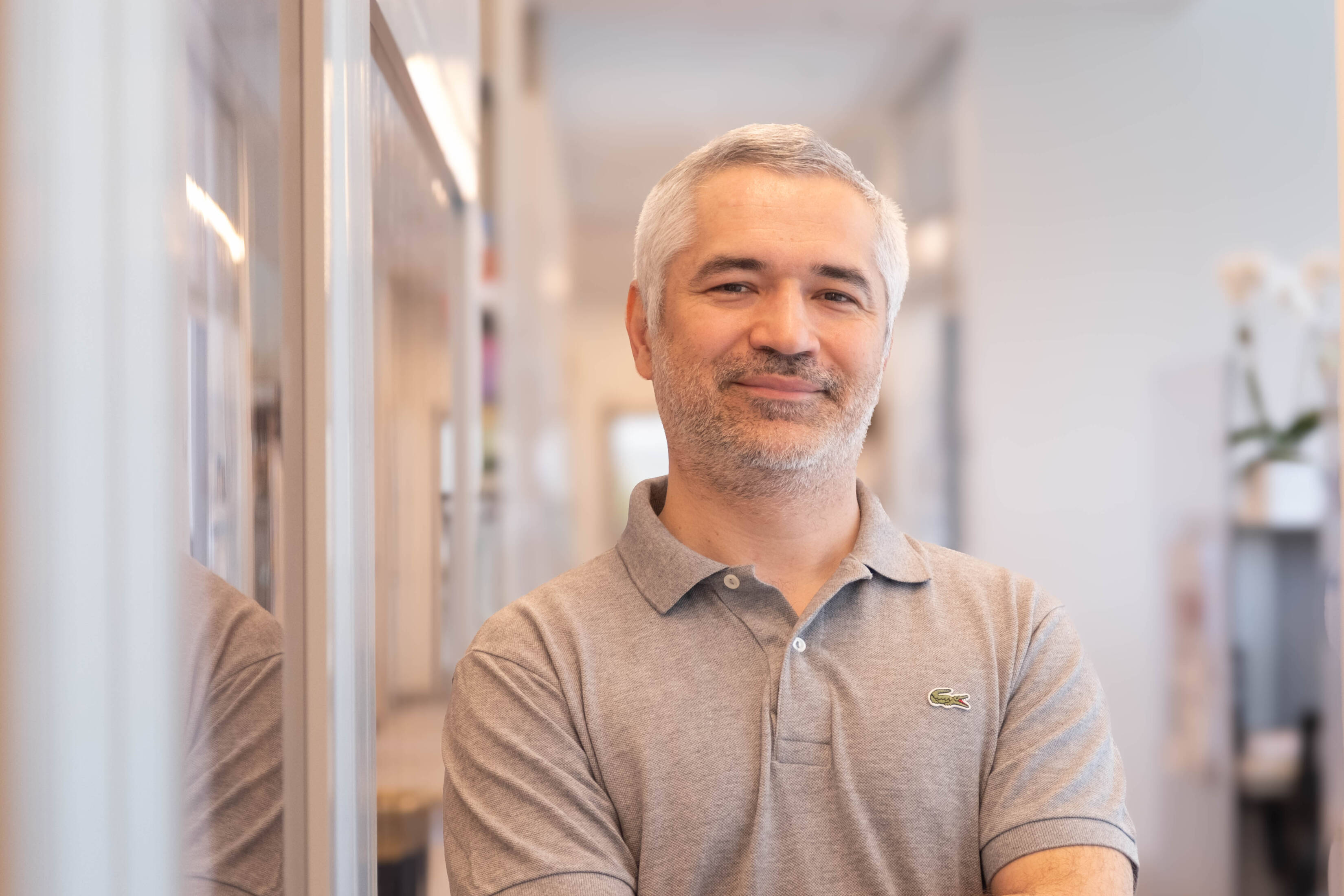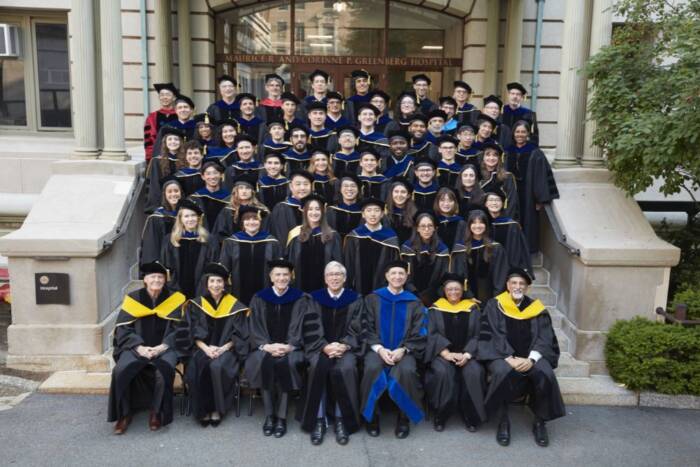Michael Gelfand*
B.S., M.S., Yale University
A Model of the Production of Spontaneous Otoacoustic Emission in the Tokay Gecko
presented by A. James Hudspeth
It’s my very considerable pleasure to recognize the incipient doctor, Michael Gelfand, who, like other members of our group works on the process of hearing. Now, as you all know, sounds are just vibrations in the ear. The external ear funnels those vibrations into the middle ear, where they oscillate three tiny bones: the hammer, the anvil and the stirrup. Finally, the vibrations reach the internal ear, or cochlea, where they’re converted into electrical signals, which are the common currency of all of our nervous signaling. The cells that do the work are called hair cells; there are 16,000 of those in each of our cochleas. Each of these cells extends a little, tiny tuft of miniscule processes that vibrate in response to sound and then converts that mechanical information into an electrical signal that can then be forwarded to the brain. The remarkable fact is that these cells are not just passive recipients of sound, but instead, each hair cell is a little hearing aid, if you will. It actually can amplify its input several hundreds of times. When these cells wear out, we no longer can hear normally, we are hard of hearing. It is then necessary to use an electronic aid to supplement the process, to replace the biological hearing aid that came as original equipment.
Now just like this public address system, the ear’s amplifier can be turned up too far, and if that happens, it begins to oscillate, just as this sound system would. Eighty-five percent of normal human ears can actually emit sound; sound is actually measureable coming out of the ear in a suitably quiet environment. Mike Gelfand has been studying how this comes about. What are the circumstances and what are the mechanisms by which this sound is produced? He’s used geckos, which are the strange lizards that can climb along walls and ceilings, because their ears are particularly florid producers of these spontaneous oscillations. By making complicated mathematical models of the process, Mike has learned the nature of the processes that cause the oscillations to occur. And by that means, he has considerably advanced our understanding of the ear’s remarkable amplifier. Mike’s a student in the medical scientist training program, so he’s also on his way to the M.D. degree at present. Because of his patience and his sincerity and especially his human warmth, he has the makings of a really fine physician as well as an astute researcher. So, though it remains to be seen which of these paths he’ll pursue, my colleagues and I want to wish him the very best.



